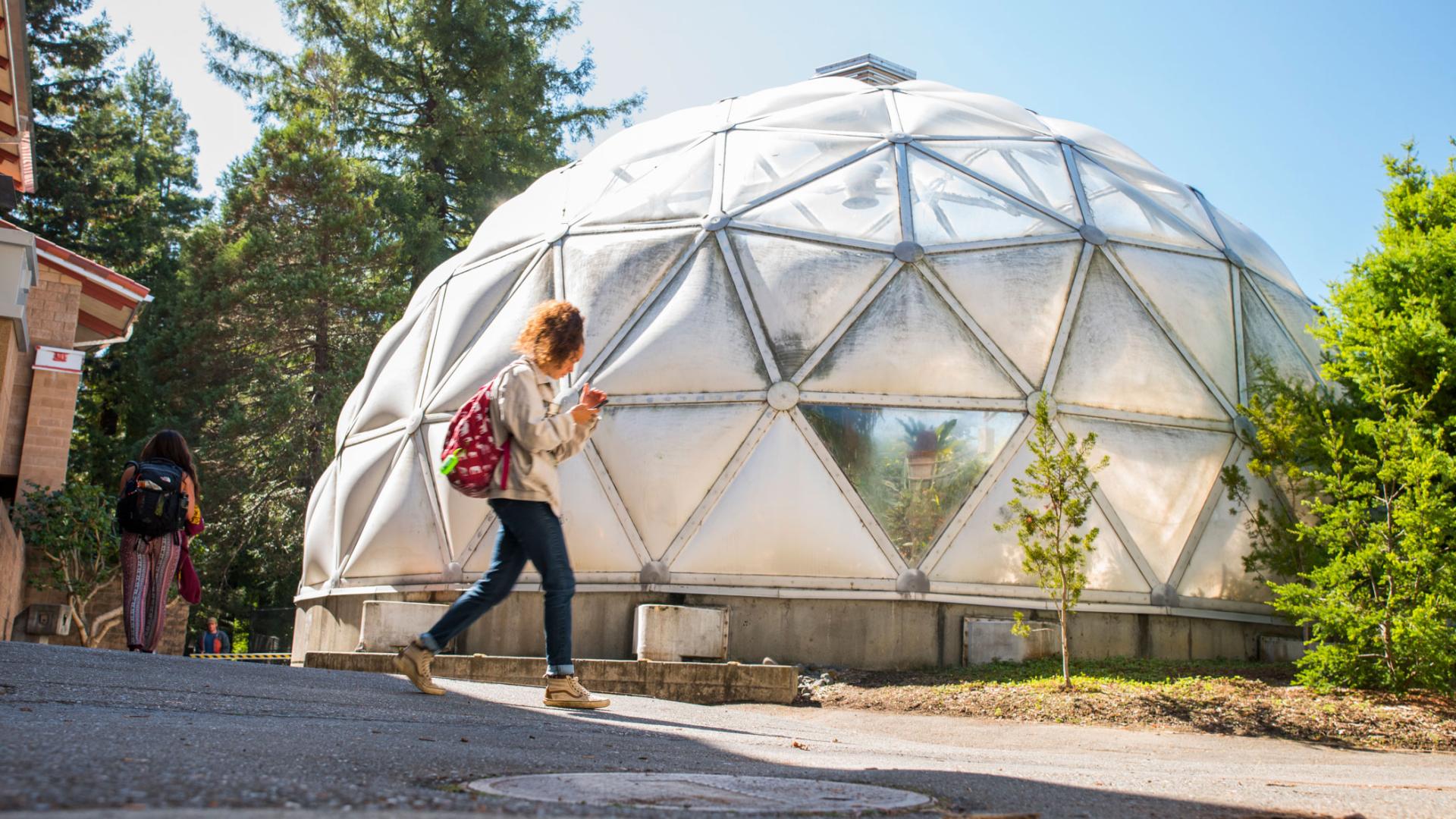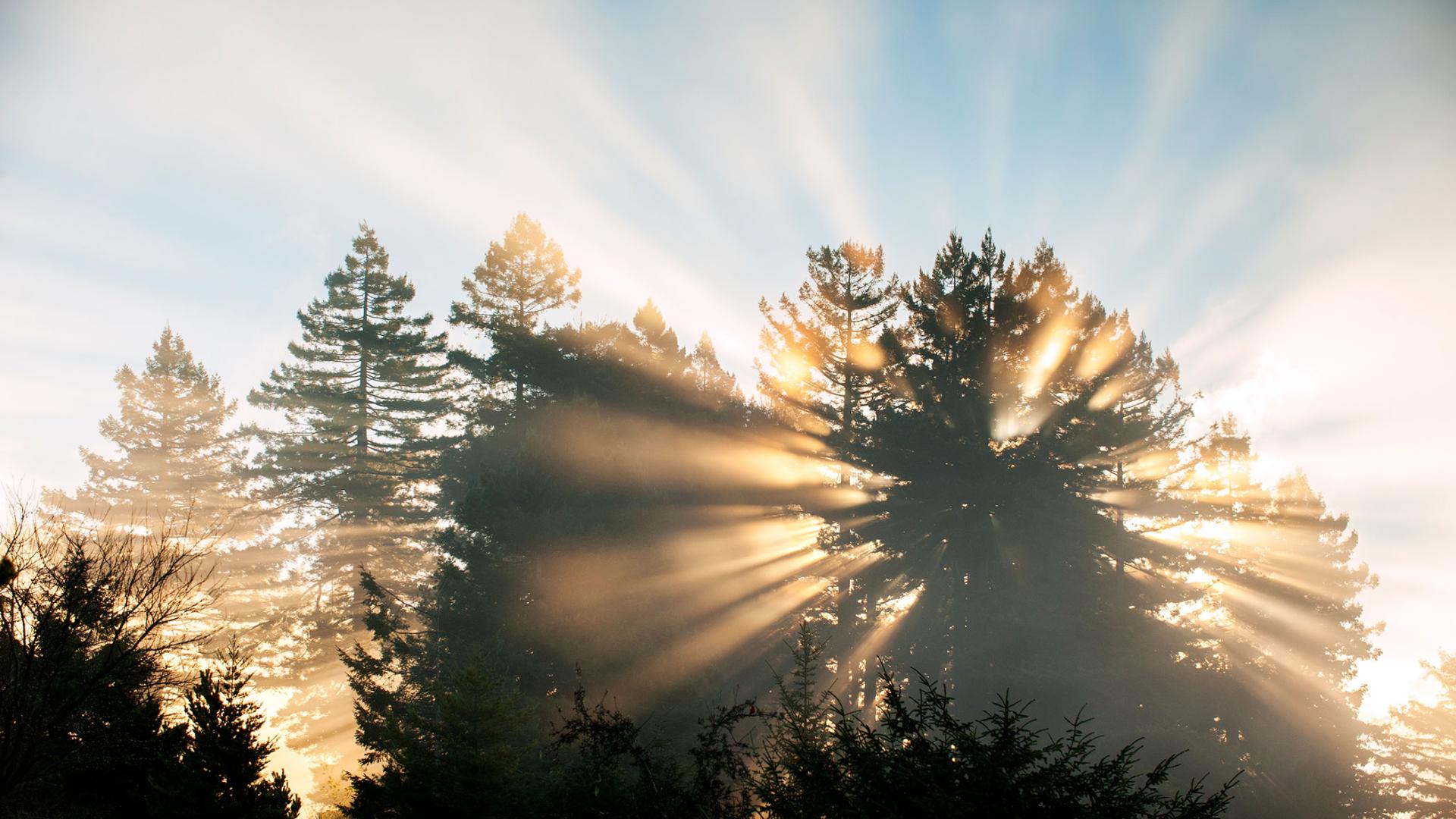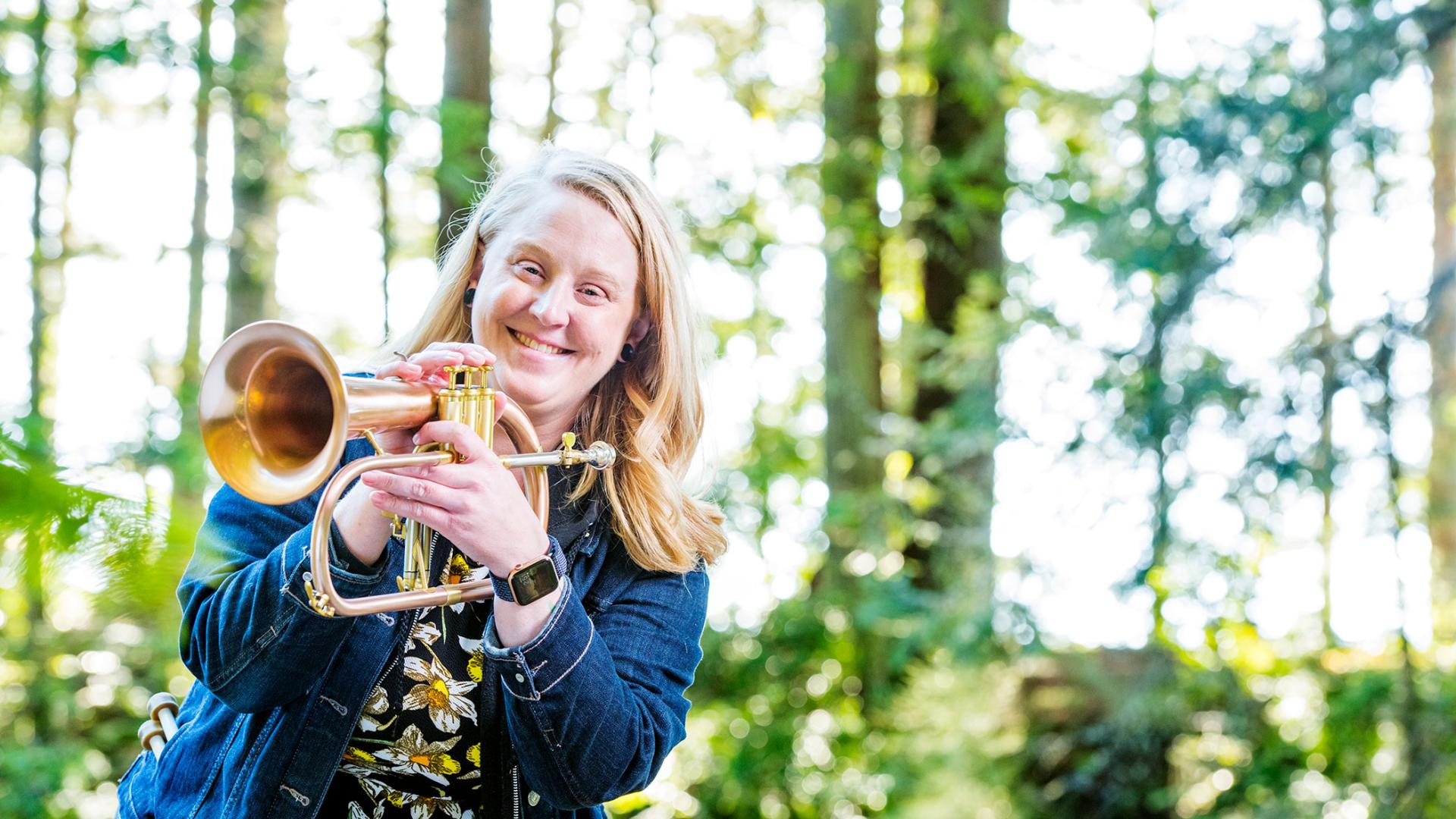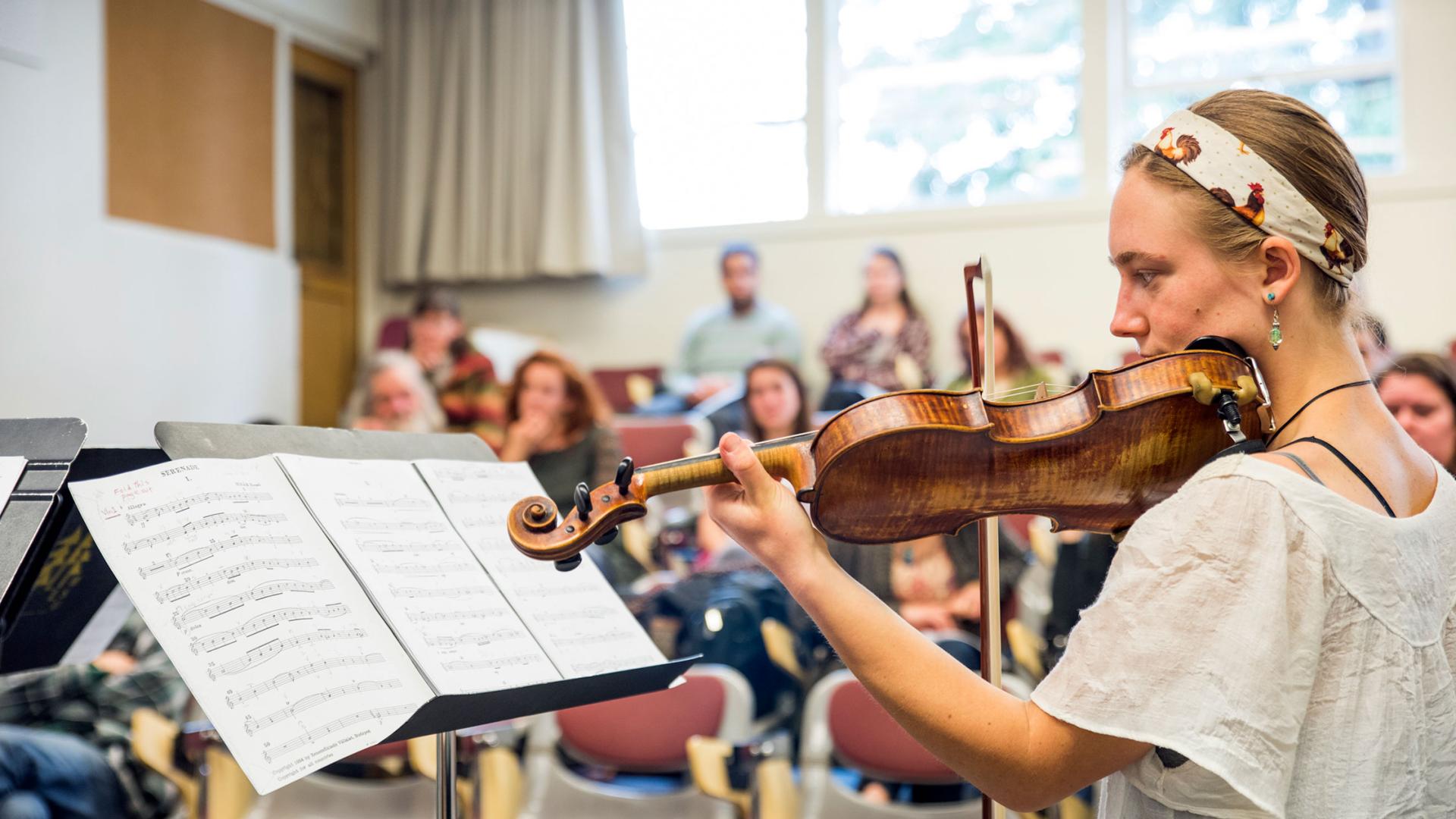Breadcrumb
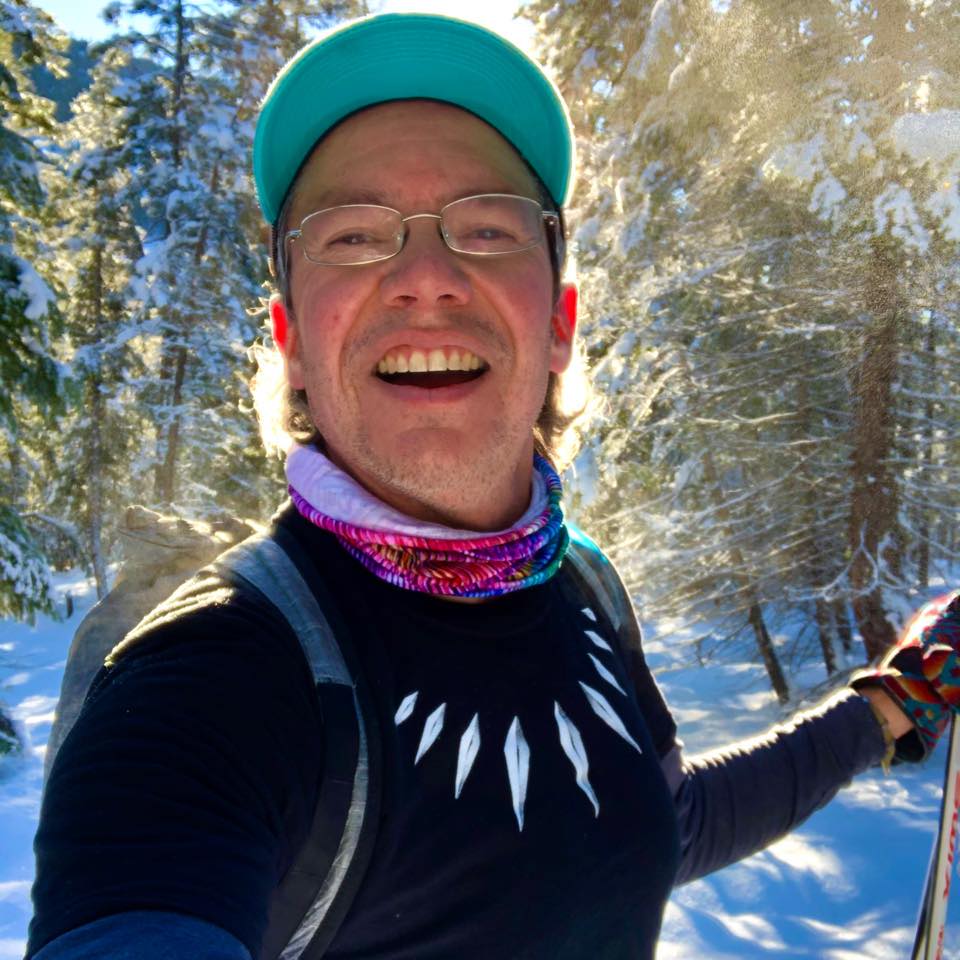
Physics, B.S. | Class of
Corey Gray
Senior Gravitational Wave Detector Operations Specialist
Employer: Caltech / LIGO
Job description: I'm part of a team working on a ground-based gravitational wave detector. As a Senior Gravitational Wave Detector Operations Specialist, or operator, I have a variety of duties ranging from operating a 4km-long arm gravitational wave detector, coordinating activities on site, participating in assembly/installation work, participating in science communication/educational outreach work, and getting to be a part of a project whose founders received the 2017 Nobel Prize in Physics for the first direct detection of gravitational waves from the first observation of coalescing black holes on September 14, 2015. This is connected to proving part of Albert Einstein's General Theory of Relativity.
About Corey
Why did you choose this program?
Honestly, I chose physics because I wanted to be an Indigenous MacGyver! I always had a love for science, and at the time the TV show MacGyver was one of my favorite shows. Because, at the time, Indigenous physicists were virtually non-existent, I wanted to help change that by pursuing a degree in physics.
I also chose physics/applied mathematics because it allowed me to also be a part of Humboldt's INRSEP (Indians in Natural Resources, Science, and Engineering Program). I would not have been able to complete my undergrad without INRSEP. With INRSEP, I gained a family, support, and also a way to maintain my sanity during a very challenging choice of study.
How did this program prepare you for your job?
The physics program at Humboldt provided me with the foundation in studies needed to pursue a career in physics/astronomy.
INRSEP guided me with picking summer undergraduate research at the Department of Energy, University of California at San Francisco, and at the Stanford Linear Accelerator. This research experience was very important because it caught the attention of my employers at Caltech.
What did you enjoy most about the program?
For the Humboldt Physics program, I would say what I enjoyed most was the small class size. When I was an undergrad we were lucky to have fewer than 20 people in classes—especially the upper division courses. This allowed for a more personal experience with faculty and other students.
INRSEP was also invaluable because it guided me to summer research, connecting with important organizations such as AISES (American Indian Science and Engineering Society) and SACNAS (Society for the Advancement of Chicanos & Native Americans in Science), and also helped me to pursue further knowledge of my Blackfoot culture.
What would you say to prospective students who are thinking about applying to this program?
Lining up summer research in physics/astronomy is a very important part of being an undergrad and helps guide you in your career.


